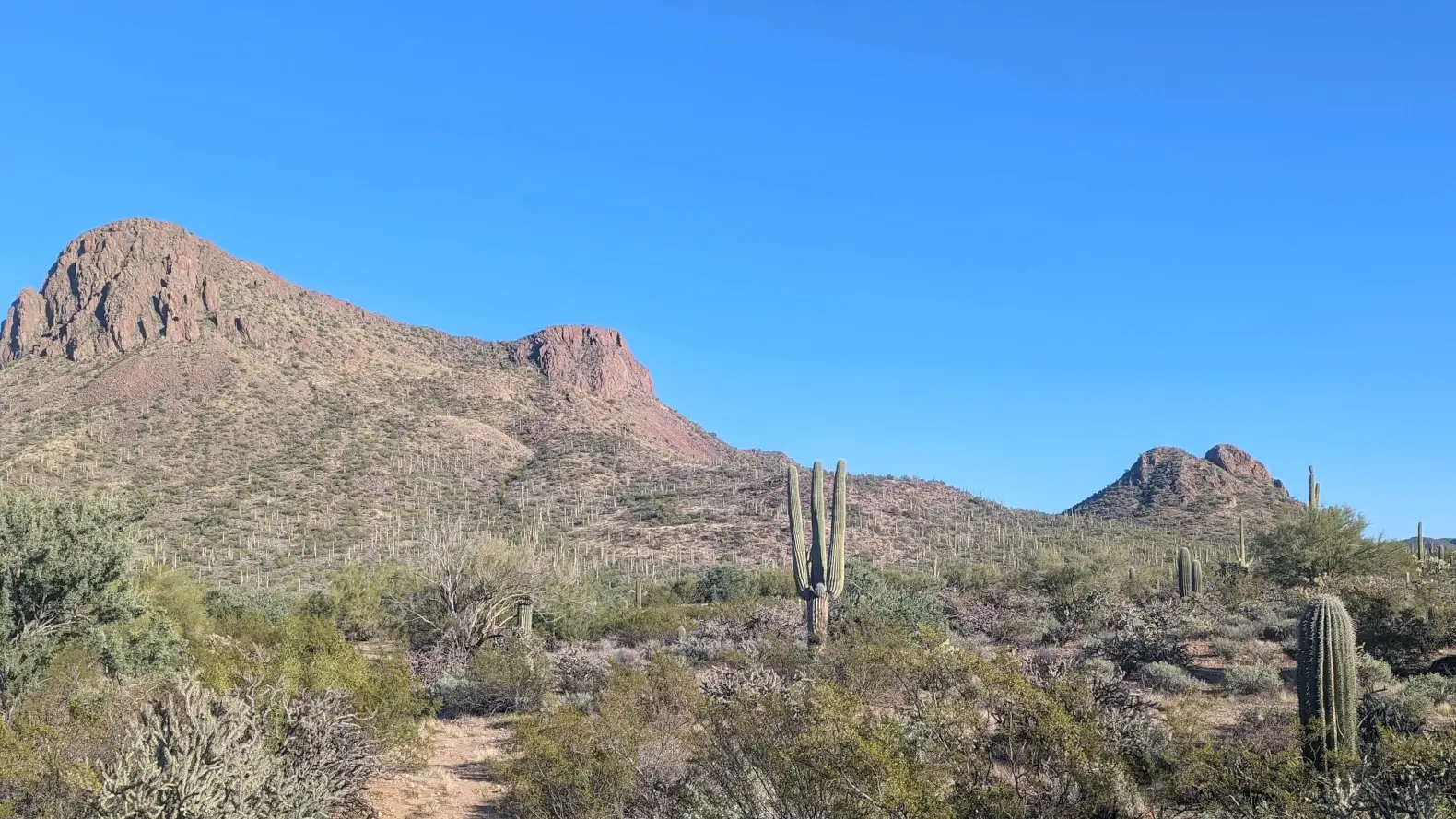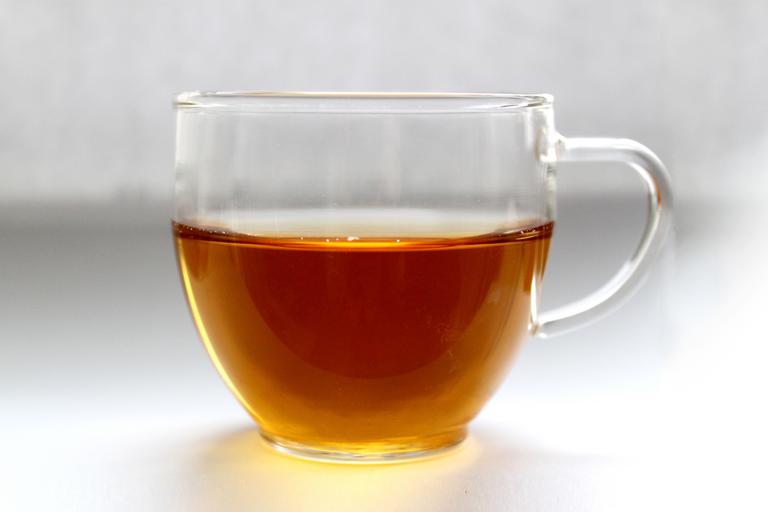Herbal teas can be an excellent source of minerals.
The following are some options for augmenting your mineral intake through herbal teas. Instructions on how to make and use each of these teas are given. Herbal teas covered here are: parsley, alfalfa, oatstraw, nettle and hibiscus flower.
By Sheila Dobson, NC
Parsley Tea
- Use the above ground portion for the tea; the root and seeds are also used in herbal medicine but for a gentle, mineralizing nutritive tonic we want the leaves and stems.
- Sources: Grocery store or Farmer’s market, or grow your own – it should be organic
- To Make the Tea:
- Wash a bunch of organic or home grown parsley and chop roughly.
- Measure the volume of parsley (ie 1 cup, 1 quart, etc) and put into a pot on the stove.
- Add spring or filtered water; use about 2-3 times as much water, by volume, as parsley. I usually use a whole bunch of parsley which tends to measure 1 quart of volume after I chop it, so I then add 2-3 quarts of water.
- Start with a weaker tea at first by using three times as much water as parsley. If it seems about the right strength continue with this procedure; if you like it stronger, you can use a little less water.
- Bring water and parsley to the boil; reduce heat so it just barely simmers.
- Simmer about 12 minutes. You may also pressure cook the same combination for 3-4 minutes. Let cool and strain. Drink plain or add a tiny pinch of sea salt if you like.
- Uses: parsley tea has many nutrients including vanadium which may function in tandem with chromium to help keep healthy blood sugar levels; parsley also benefits the kidneys and is considered to be a cleansing and tonic herb for the kidneys; it (the leafy portion) has a mild diuretic effect and also mild monoamine oxidase inhibiting (MAO-I) effects and mild vasodilatory effects. It is used for minor inflammatory conditions and spastic conditions of the GI and biliary tracts. it is loaded with nutrients like vitamin K-1 and chlorophyll, as well as phytonutrients. It can even improve your mood! Most likely this is due to the mild MAO inhibiting effects.
- How much to drink: 1 cup per day up to perhaps 2 cups – alternate with other teas.
Alfalfa Tea
- Use cut and sifted alfalfa or powdered alfalfa, purchased from an herb retailer.
- Sources: Mountain Rose Herbs; Sage Woman Herbs; Pacific Botanicals; Red Moon Herbs; Starwest Botanicals
- To Make the tea:
- Use 1-2 tablespoons of cut and sifted alfalfa and 2 cups of just boiled water (spring or purified)
- steep at least 20 minutes, OR
- use ½ tablespoon alfalfa powder to 1 to 1.5 cups of water and steep at least 10 minutes.
- Another option is to fill a 1 qt. jar with 1 cup cut and sifted alfalfa and pour boiling water over it and let sit overnight. Strain and drink.
- Uses: alfalfa tea is good for the liver and for jaundice; it is very high in a wide array of nutrients such as chlorophyll, various minerals in substantial amounts including copper and manganese and iron. It contains vitamin K1, vitamin C, folate, vitamin B1 and B2 and magnesium. It also contains a substance that has been shown to have an anabolic (building) effect on the body – probably one reason it is revered in the world of animal husbandry. It contains phytoestrogens so has a modulating effect on estrogen levels but should therefore not be consumed in excess.
- How much to drink: 1-2 cups a day or preferably rotate with other teas so that you get about 3 cups a week
Oatstraw Tea
- Use a cut and sifted oatstraw that is organic – if gluten sensitive be sure to get one that says it is gluten free.
- Sources: Blessed Maine Herbs; Mountain Rose Herbs; Sage Woman Herbs; Pacific Botanicals; Red Moon Herbs (has a gluten free offering)
- To Make the Tea:
- use 1 cup oatstraw to 4 cups/1 quart water.
- Put oatstraw into heat-proof glass or ceramic container such as a Ball or Mason jar.
- Boil water. Pour over oatstraw and let sit till it cools, preferably overnight.
- Strain and store in the refrigerator.
- Uses: general nutritional support and a good source of silica, calcium, magnesium and chromium – chromium helps with blood sugar regulation and sweets cravings. Silica, calcium and magnesium are very good for connective tissue strength and for bone building. Oatstraw is a time honored remedy for stress and nervous tension and it works well for sleeplessness and irritability. If you wish to use it for stress and nervous tension, consider using fresh milky oat seed as tea or tincture either in place of the above tea or in addition to it, but beware, if you are gluten sensitive this may not be tolerated. Some gluten sensitive people can tolerate oat seed, and some cannot. Oat straw or oat seed are valuable mineralizing tonics that can be very nourishing but they should be used long-term to get the best results.
- How much to drink: 4-8 oz., 1-4 times per day
Nettles Tea
- Use a cut and sifted nettles leaf product for making tea. Nettles root and nettles seed has uses as well but for mineralizing we want to use the leaf.
- Sources: Mountain Rose Herbs; Sage Woman Herbs; Pacific Botanicals, Frontier Herbs
- To Make the Tea:
- use 1 cup dried nettles leaf to 4 cups water
- Put nettles into a heat proof glass or ceramic container
- Boil water. Pour over nettles and let sit till it cools, preferably overnight.
- Strain and store in refrigerator.
- Uses: general nutritional support. Nettles leaf is a rich source of a wide variety of minerals such as calcium, potassium, iron, silica and many others. It is good for allergies, inflammation and anemia as well as general weakness. It can help replenish minerals lost due to diarrhea. It stabilizes mast cells (which release histamine). It also is an effective kidney tonic. It can be used to lower uric acid and help with rheumatism and gout, and it is good for alkalizing the body.
- How much to drink: 1-4 cups a day.
Hibiscus Flower Tea
- Use whole dried hibiscus flower. These are available in bulk in Hispanic grocery stores in the Southwest, and of course, online or in stores locally wherever bulk herbs are sold. I suggest getting organic hibiscus flower if possible.
- Sources: Mountain Rose Herbs; Sage Woman Herbs; Starwest Botanicals; Frontier Herbs or your local herb shop or grocery store
- To Make the Tea:
- Use 5 grams (or even up to 7 grams but start with 5) of herb for every 1 cup of water; so a typical quantity is 30 g. herb and 6 cups of water
- Boil water; add hibiscus flower; reduce heat so that it barely simmers
- Simmer 10 minutes
- Let cool
- Strain, squeeze out all the tea from the flowers, and store in a glass jar in the refrigerator; consume within about 4-5 days
- Uses: more than 450 studies have been done on the heart protective and other beneficial effects of this herb. Hibiscus helps to combat the chronic inflammation and oxidative stress that are the true roots of heart disease. The tea made from hibiscus can help protect the cells of the heart, brain, kidneys and liver. The tea also has anti-inflammatory effects and immune modulation actions. The herb also has been shown to help reduce and prevent clogged arteries. It has cholesterol-lowering actions and blood-pressure lowering actions and can even help with weight loss.
- How much to drink: start with 1 cup per day. Stay at this dose for at least one week before increasing to 2 cups per day. Note that this herb can potentiate or add to the effects of drugs used to control conditions like high cholesterol, high blood pressure and heart disease; therefore it is important to discuss use of the herb with one’s prescribing physician if you are taking medications.

